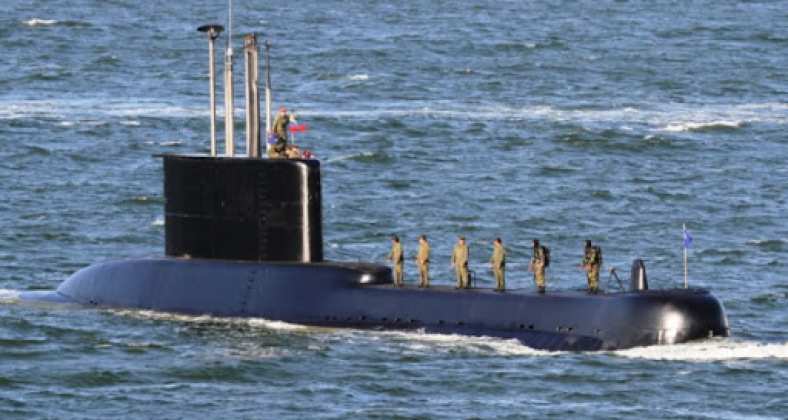News
Venezuela Strengthens Defences With New Surface-to-Air Missile and Submarine Deployments
Following the announcement by Venezuelan President Nicolas Maduro of a state of emergency in the country’s external forces, the armed forces deployed a number of assets to respond to emerging threats from the United States. These actions were taken following confirmation that Washington was considering options to launch attacks against Venezuelan targets, after it escalated military pressure with increased force deployments in the Caribbean including multiple F-35 fighter squadrons and a sizeable naval fleet including with multiple destroyers and a nuclear powered attack submarine. The Venezuelan government stated that the placing of forces on high alert represented a response to “growing military threats from the United States.” The militarization of civilian infrastructure, and the placing of ground, air, sea, and cyber assets in a state of immediate readiness for war, were among the notable measures taken. The country’s Su-30MK2 long range fighters previously conducted shows of force equipped with anti-ship missiles.

A key part of recent deployments has been the stationing of personnel and S-125, Buk-M2 and Igla-S medium and short range air defences to protect key infrastructure and strategic locations. The activation of a larger part of the Bolivarian Militia forces, which includes up to 3.7 million personnel, also represented a significant step in the strengthening of the country’s defences. Alongside deployments on the ground, the Venezuelan Navy has deployed submarines and surface assets near important maritime corridors. The country fields two Type 209 submarines, which have been modernised since their delivery in the 1970a with improved sensors and Atlas Electronik SST-4 wire-guided torpedoes. The German origin of these vessels, however, is expected to leave then vulnerable in the event of hostilities, as Germany is likely to have shared extensive details on their acoustic signatures and other potential weaknesses with the United States.












